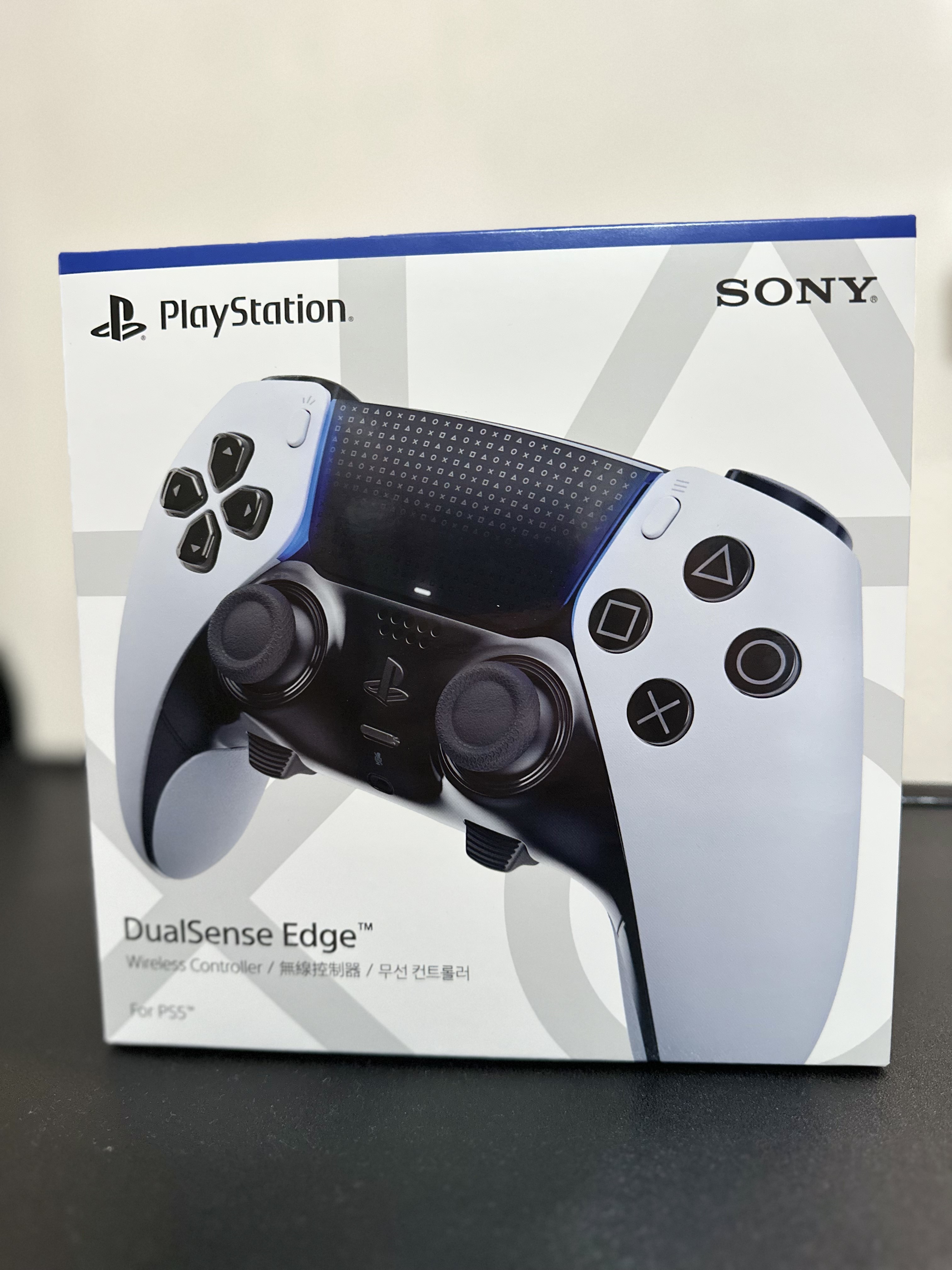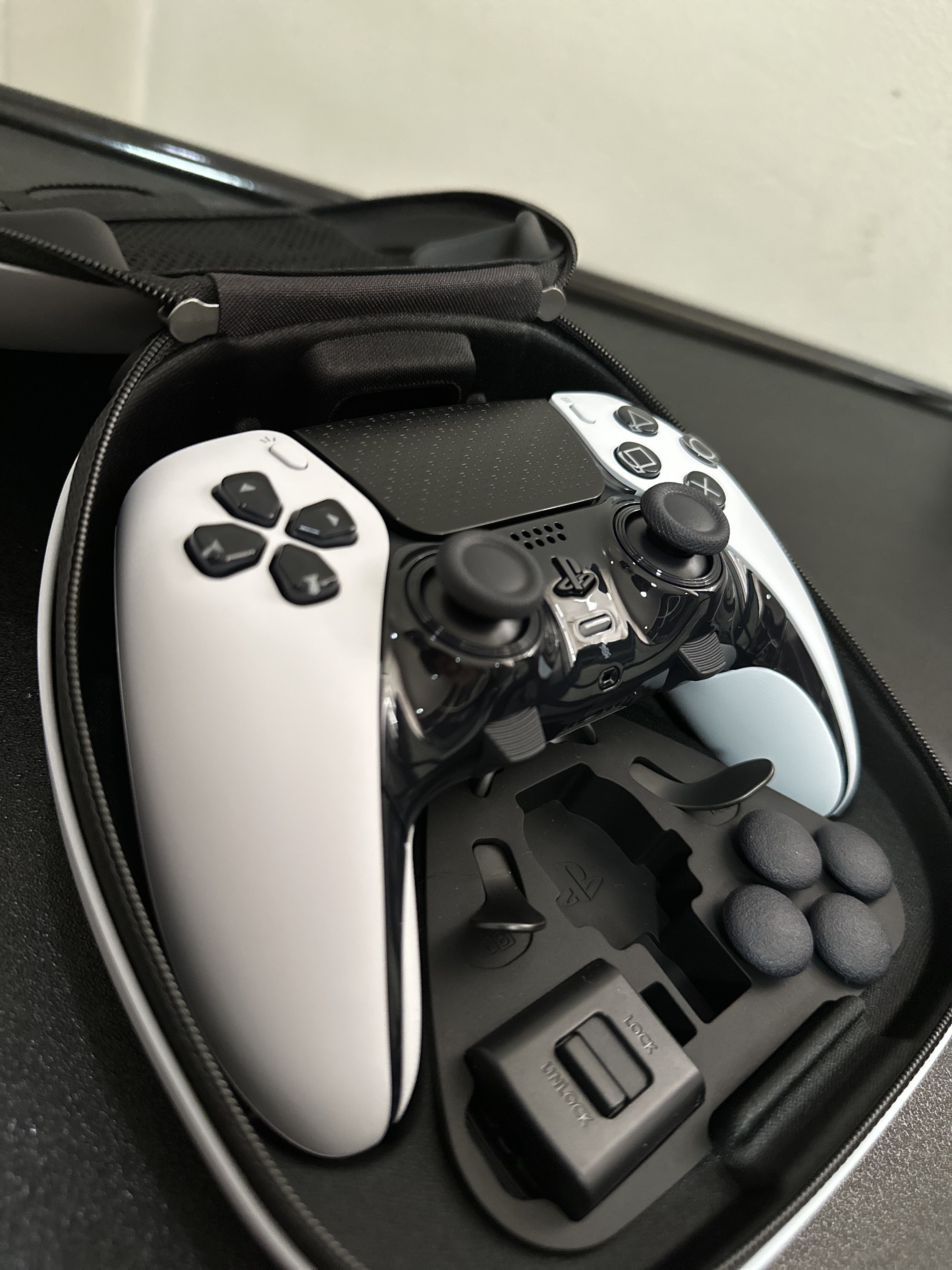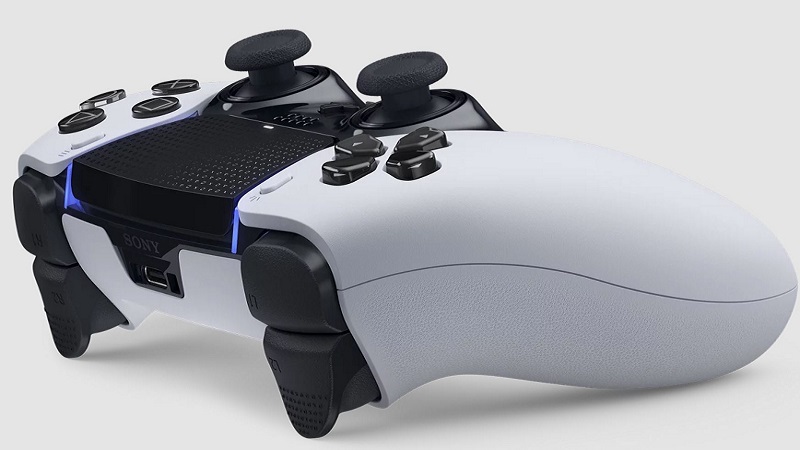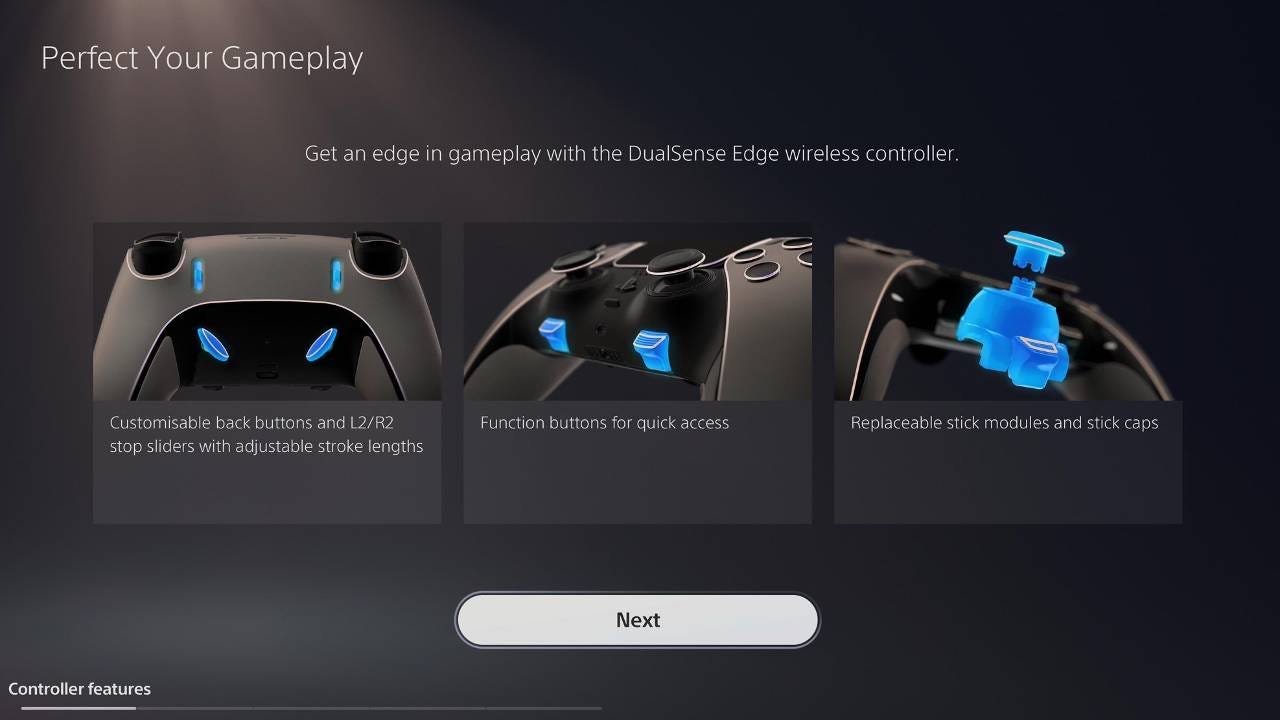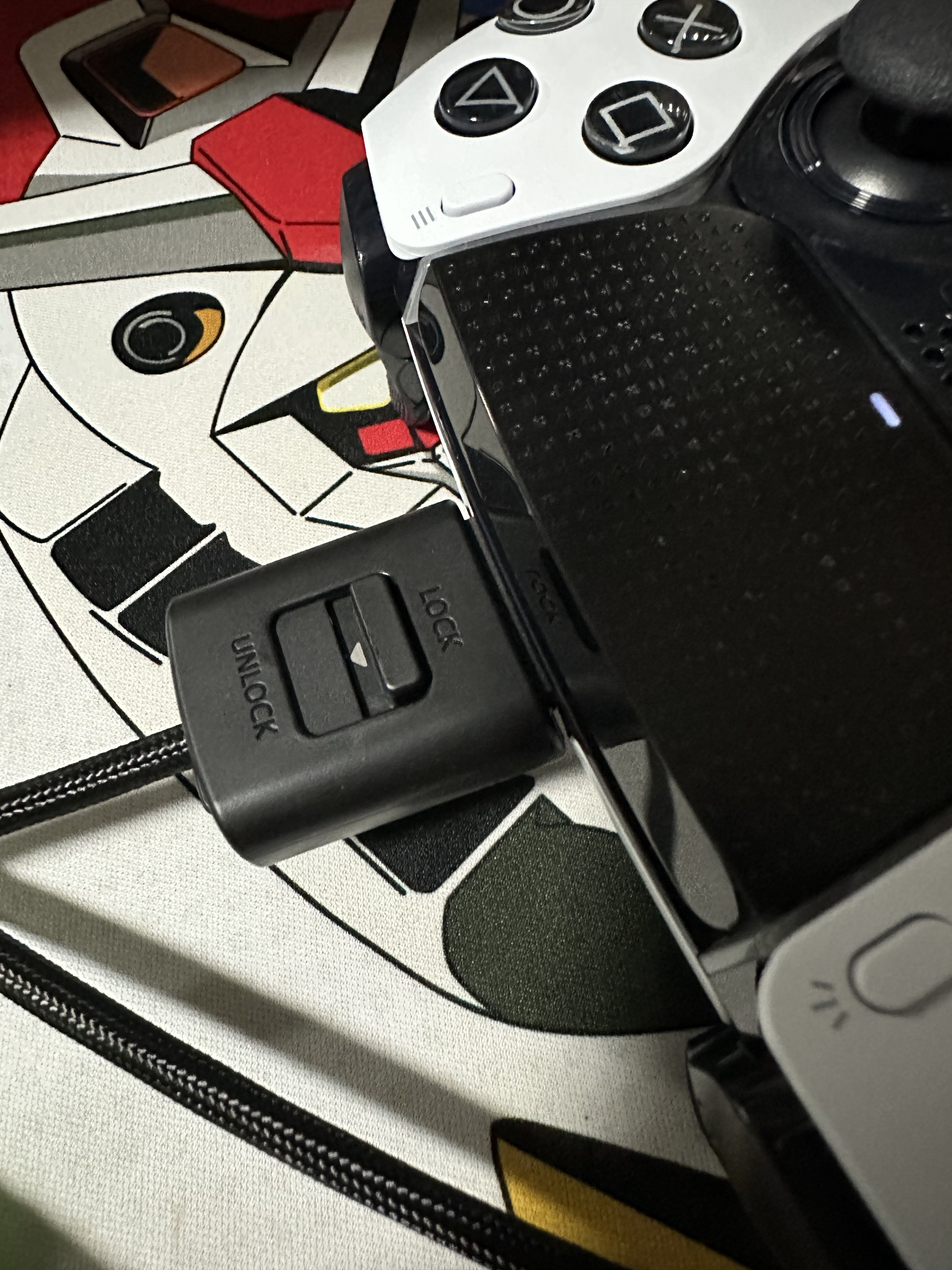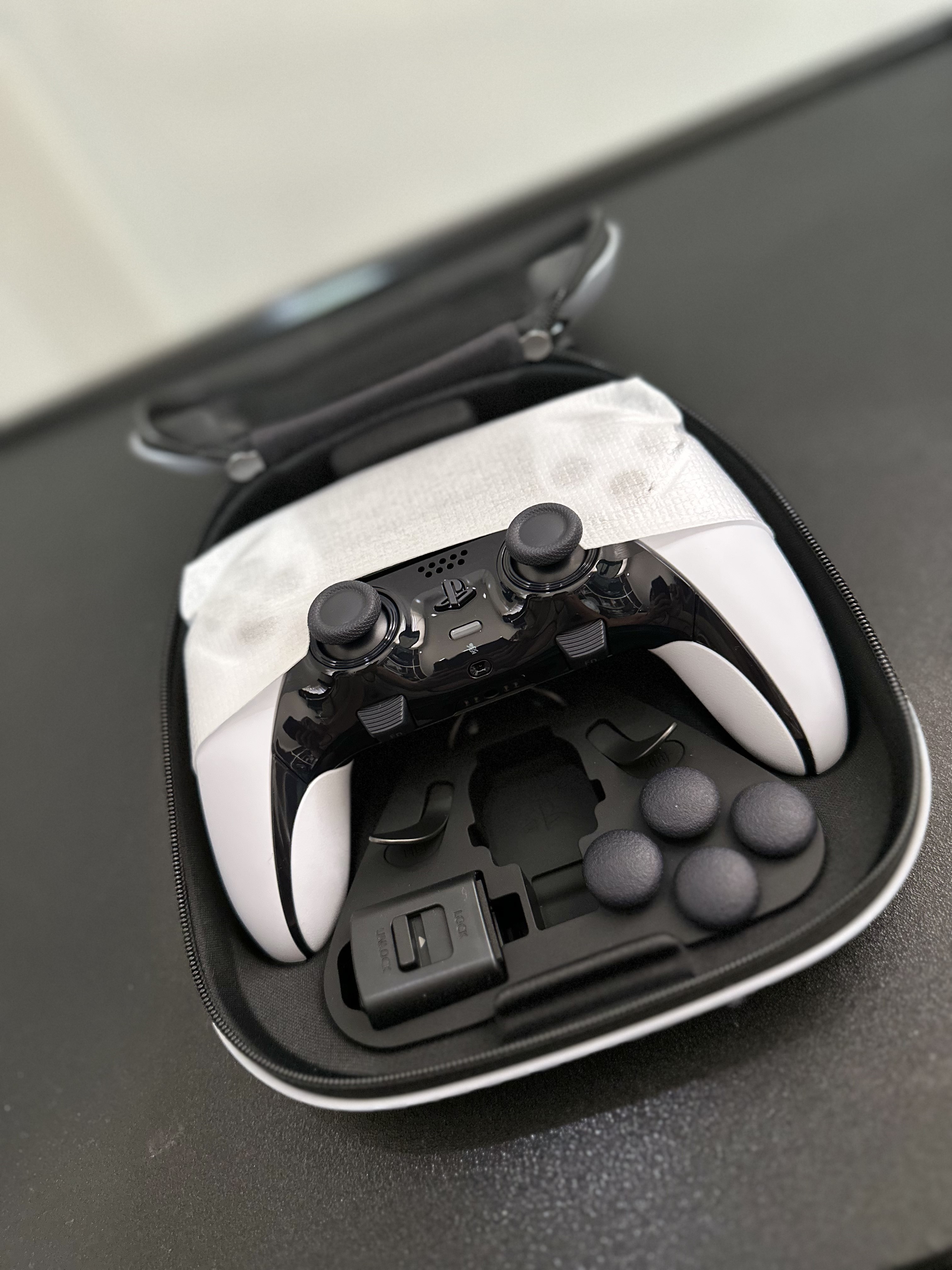DualSense Edge Review | Is it Worth it?
It would be very difficult to go back to the normal version after my time with the DualSense Edge, but it's an expensive prospect.
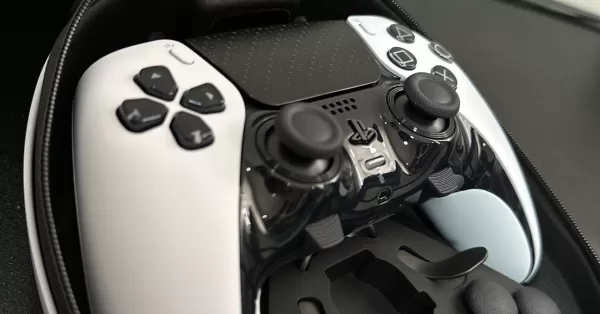
The PS5’s DualSense is a revolutionary controller that has been designed to deliver a highly immersive gaming experience. It combines both form and function with its physical design, which fits comfortably in our hands, and its advanced haptic feedback and adaptive triggers that when used properly by titles like Astro’s Playroom and Returnal can be a real game-changer. However, when it comes to online competitive play, I found myself turning off a lot of the extra features due to it being more cumbersome for games that require precision and movement mechanics.
Along comes the DualSense Edge, Sony’s answer to the Xbox Elite controller. It comes with all the features we’ve all come to know and love about the DualSense with the addition of more hardware customization options, subtle changes to the exteriors, and a whopping $200 price tag. Is it worth getting? Let’s find out.
What’s in the box?
The DualSense package comes with a sleek hard white case that contains the controller itself, all the extra paddles/ thumbsticks, a USB-C cable that’s braided and longer than what came initially with the PS5, and an extra plastic connector that you can use to lock the USB-C connection to the controller to avoid any unnecessary wire pulling.
Right off the bat, you get the sense that this is a premium product. The casing feels nice and durable. It even has an extra hatch which you can open up and charge the controller that’s inside. A nice little touch.
The aforementioned braided USB-C cable is a welcome addition as I was initially concerned that it would follow the same path as the usual packaging of regular DualSense variations only providing the controller itself. The longer length of the wire alongside the plastic lock is a necessity for reasons which we’ll go into later in the review.
Play has fewer limits
Design-wise, the DualSense Edge is practically the same in terms of measurements. It does come at 335 grams compared to the 280 grams of the normal version but you’ll barely notice it when playing. Triggers have small bumps to ensure that your finger has less chances of sliding off. The surface of the inner grips is rubberized which feels better to hold although I imagine this can attract more dirt later down the line. The cover on top of the analog sticks is now a glossy black plastic which does look nice but it is a fingerprint haven. And probably my favorite aesthetic change of them all, the D-pad and face buttons are now color black with the former being filled with the iconic PlayStation shapes as a design.
One of the major key features of the DualSense Edge is the swappable analog sticks to avoid the infamous “stick-drift” that has been plaguing modern controllers for as long as we remember. All you have to do is pull a small lever at the back of the controller and the plastic cover will be able to lift up. Unfortunately, the package does not come with extra analogs which you’ll have to get for an extra $20.
While this feature is nice and definitely an answer to what you can do once “stick drift” happens, a part of me wishes that the engineers at Sony would’ve had a more permanent solution by now. $20 for a replacement analog stick is cheaper than getting an entirely new controller altogether but at the end of the day, it’s still 20 bucks.
The extra thumbsticks offer elevated and shortened versions which you can try out based on your liking. Others claim they aim better with higher right sticks (shoutout to the old-school folk who used to use Kontrol Freaks) while there are others like me who prefer the more standard length. Changing the thumbsticks is as simple as firmly pulling out the current ones and pushing down on the new versions. Just make sure that you have it properly lined up with the teeth-like locks.
On the back side of the DualSense Edge, you can place extra paddles which you can map out to any button. For me, I did the circle and X buttons to help me a little bit with FPS titles. It takes some time to get used to but after a few hours, it feels like second nature already. Going back to a normal controller for multiplayer games will be hard after a significant amount of time with the Edge.
A lot of the DualSense Edge’s extra features offer a lot of choice for the player as to how they want their controller to be. One can easily get overwhelmed with all the factors involved but what’s fantastic about the Edge is that once you connect it to the PS5, it will immediately pop up a setup tutorial that will tell you all you need to know. This is where you can change specific keys, tweak dead zones, and create user profiles. The entire process is smooth and seamless.
The two small function nubs at the button of the controller act as a quick option to switch button presets. This is great and all but a part of me also wishes they could’ve been used as additional buttons to use in gameplay.
Long play has limits
The one glaring issue about the DualSense Edge is the battery life. With all the extra features jammed into this controller, Sony had to shrink the battery by about 33%. After fully charging it off the box, I got about six hours of continuous play before it told me that I needed to plug it in. This is where the inclusion of the longer USB-C cable made sense. Oddly enough, there were some days when I only had about four hours before the battery started signaling for help.
To test the Edge out, I played mechanically intensive games such as Modern Warfare II, Destiny 2, Elden Ring, Hogwarts Legacy, and Dead Space Remake. I made sure that whenever I wasn’t using the controller, I would turn it off so that all its battery goes to active use.
While the four to six hours of battery life may not be an issue to casual gamers, this is a major dealbreaker for those who spend long hours of playtime. The best solution is to just have it constantly plugged in.
Is the DualSense Edge worth it?
I would say that the DualSense Edge is worth it for players who are into online multiplayer games. The extra paddles, customizable button presets, and swappable analog sticks and surfaces are real game-changers for those who are into competitive titles and beat up their controllers on a regular basis.
For casual gamers who just like to play single-player campaigns and the like, the DualSense Edge doesn’t really have much to offer. Its extra features come off more as a gimmick that’s nice to have but ultimately has nothing of significant value. All the haptic feedback and adaptive triggers can be found with the regular (and much cheaper) DualSense variants.
Make no mistake, the DualSense Edge is a fantastic controller. It feels nice and premium, offers mechanical player choice, and does have great subtle aesthetic changes. It’s more of what the initial DualSense offered (which is already one of the best controllers ever made in my opinion) except for the battery life. As I said, it would be very difficult to go back to the normal version after my time with the Edge.
The USD 200 price tag is a steep ask. It’s ultimately up to you and your gaming habits. If you’re someone who likes to get down and dirty with controller-intensive titles, then the DualSense Edge might be made for you. If I were given a choice to only have one DualSense controller for the rest of the PS5 lifecycle, the Edge would definitely be the one.


